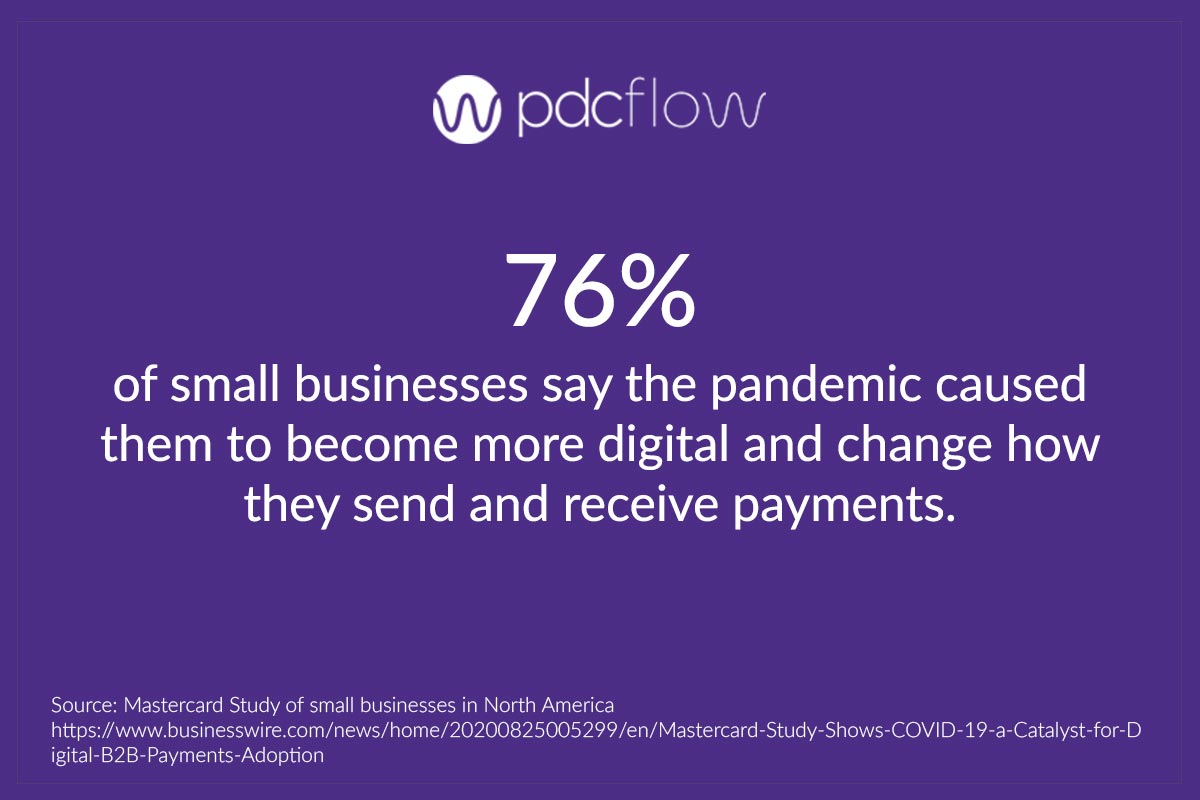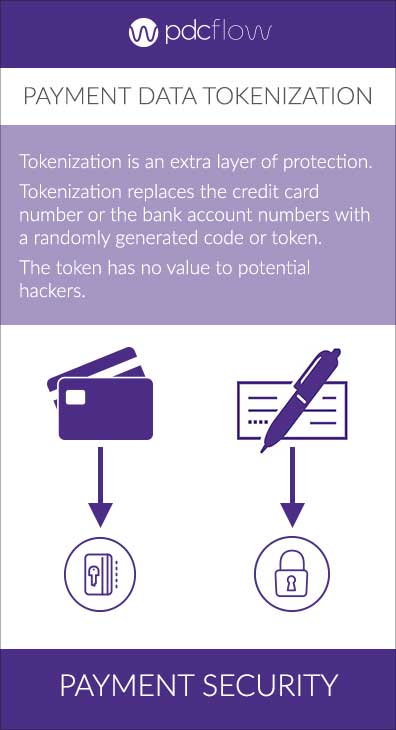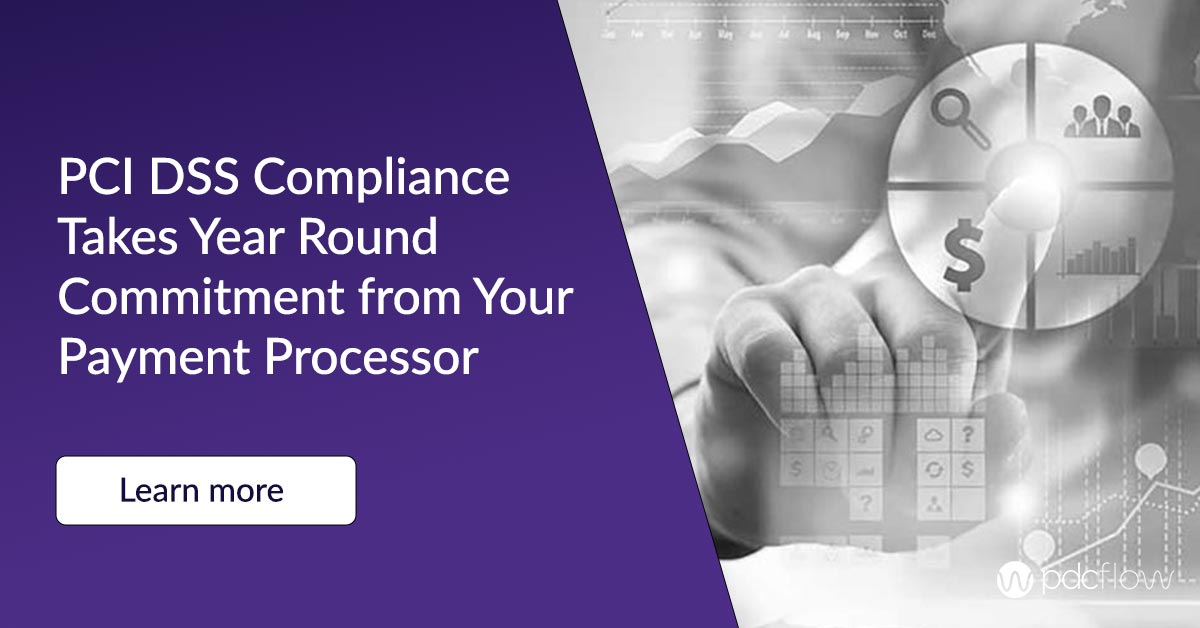B2B payment processing buyer’s guide

What are B2B payments?
Business to customer payments (B2C) and business to business payments (B2B) have many features in common. If your company takes both types of payments, you may be tempted to use a basic B2C software to fulfill all of your payment communication needs.
In reality, B2B payment software can solve many more problems for businesses that serve both companies and the general public.
Typical B2C payments
Typical B2B payments
B2B payments usually include a more complex buyer's journey, involving multiple employees or departments. For example, a B2B transaction may involve:
- a salesperson to get a commitment from a customer
- an onboarding team to gather necessary paperwork and set expectations about the billing and payment process
- an accounts receivable team to create and send invoices and collect down payments, deposits or outstanding bills
What types of businesses need B2B payments?
Some companies may not know whether they need B2B payment processing or can get by with a basic ecommerce solution. Many industries benefit from B2B payment platforms but a few examples that fit particularly well are:
- B2B Payments for Manufacturing - Manufacturing companies often send agreements to customers for signature and need to take a deposit before a big order is processed.
- B2B Payments for Professional Services - Professional services like marketing or design firms need to send itemized bills for work done and a payment request at the same time.
- B2B Payments for Wholesalers/Suppliers - Wholesalers and suppliers need an easy way to store customer details and process payments on their due date. Because delivery dates and order details can change, these industries need flexible payment scheduling tools.
Does your business collect signatures and send out meeting notes, contracts or other documents to customers? Do you need to take payments at the same time you collect an esignature? Do you need a flexible way to store payment details and schedule payments?
These complex business workflows can’t be accomplished with a lot of the basic payment systems available. So how do you know what you need? Here are the main features B2B businesses should consider when picking a B2B payment processor.
Built-in payment security and compliance
Security: Protect against data breaches
The most obvious reason to find a secure B2B payment solution is to keep your company safe from data breaches. Pick a company:
- With a good reputation
- With transparent security practices
- With easy-to-contact employees
- With knowledge and expertise in matters of payment information security
Prevent fraudulent transactions
Fraudulent transactions can happen to any business but they should be minimized when possible. It’s a hassle to process illegitimate transactions and can hurt your bottom line (and reputation).
If a fraudulent charge does get processed, your company must then spend time and money fighting a chargeback and paying fees on a disputed transaction. In extreme cases, high chargeback ratios can even shut down your credit card processing merchant account.
Build trust with customers
What does security look like in your B2B payment software?
Credit card/bank account tokenization and encryption
Tokenization and encryption are security measures that keep private information safe when it's being digitally transferred, used, or stored. Credit card and bank account numbers should be tokenized and encrypted so your customers can make safe digital payments.
- Tokenization - Tokenization is when meaningful data (like a credit card or bank account number) is replaced with a string of random digits – the token. Tokens enhance security by masking real information, keeping actual data safe.
- Encryption - Encryption is the act of scrambling important information – both during transmission and when it's being stored. Like tokenization, the scrambled information makes it safer to send or store data.
Internal and external vulnerability scans
ACH/Credit Card verification to prevent fraud
Along with backend processes, there are features that can help to stop fraudulent payments from processing. Look for software that offers ways to verify a bank account or credit card number before a transaction is processed, so you know up front that payment information is accurate.
For example, PDCflow offers ACH Verify and Card Verify technology for payments. Using payment verification, employees or self-serve customers will be notified whether payment details are valid as soon as they’re entered. This reduces returned payments and eliminates the need to reach out to a customer later for correct payment information.
Compliance: Common payment communication concerns
There are rules tied to every industry. Payments are no different. When shopping for B2B payment solutions companies should understand what security and payment compliance measures are built into the software. Some payment and other compliance concerns your payment software should help you solve:
Payment Card Industry (PCI) Compliance
PCI compliance rules were created by the Payment Card Industry to ensure credit card information stays secure during transactions, no matter what type of business a customer is patronizing.
A company’s PCI compliance responsibilities will differ based on the size of the company and how much work a payment processor does to comply.
Regulation E
Regulation E, which is part of the Electronic Funds Transfer Act (EFTA), requires companies that participate in Electronic Funds Transfers (EFTs) to follow certain rules. For merchants, the elements you need to stay compliant are:
- Ability to send receipts to customers so they have a record of their transaction.
- Ability to capture and store signed payment authorizations to prove your customer has reviewed and approved a payment schedule.
Nacha
Much like the card industry governs card payments, Nacha is the body that governs ACH payments to ensure they are safe for customers.
HIPAA
For those who transmit documents containing personal health information, it’s possible to use your payment software to use HIPAA compliant document transfers – and even take a payment in the same workflow.
Features that help with compliance
Your B2B payment vendor should be able to explain how their software simplifies payment and communication compliance. Some of the ways PDCflow helps with compliance are:
- Automatic receipts - are sent to customers after a transaction to comply with Regulation E.
- Dual factor authentication - requires customers to verify their identity before opening a sensitive message using a shared secret you provide. This protects messages, allowing you to send HIPAA compliant communications.
- Flow Technology - our message delivery system sends an email or text, so customers enter payment information themselves during a transaction. Your business never has to hear, see or store card and bank account numbers, reducing PCI compliance scope.
Multiple payment types and methods
What is multichannel payment software?
Why are multiple channels important?
What to look for
Payment options
- Credit cards - Credit card payments are popular and people expect most companies to offer them. In B2B payments, customers often pay with a corporate credit card, so you should make sure they have the option.
- ACH payments - If your company charges a convenience fee for credit cards, you need to offer a secondary payment option that doesn’t charge a fee – like B2B ACH payments. Along with this, some customers prefer offering bank account details for recurring payments so they never have to worry about updating expired payment information.
Payment channels
- Pay by Text- Text messaging is the fastest way to encourage customers to read your messages. Open rates for texting are high and texts make it much easier to sign a contract, pay a deposit, etc.
- Pay by Email - Similar to texting, email is a much faster, more engaging way to talk to your customers.
- QR codes - Adding a QR code onto a paper billing statement is an effective way to encourage self-serve payments. Scanning a QR code leads the payer directly to their payment page, eliminating the need to type in a URL or navigate a website.
- Pay by Chat - If your company uses a customer service chat system or an AI chatbot, find B2B payment software that helps you send a payment page directly to a customer through a chat, so they can pay while still chatting with your company.
Improved efficiency with B2B billing
Everyone knows that efficiency is how companies improve and grow. Efficiency in payment software can help you reach company goals and improve how you interact with your customers through:
- Better processes - make it simpler for you to send documents to customers or request esignatures, photo uploads or payments.
- Greater customer satisfaction - faster workflows and more efficient ways of communicating makes customers happy.
- Easier workload for staff - not having to take extra manual steps during work is always a win for your staff.
What does efficiency look like in your software?
There are many ways to make payment workflows more efficient. A few of the most common ways to streamline payment processes and enhance the customer experience are through:
Streamlined workflows
Roll more actions into a single customer communication so you only have to reach out once to send agreements, get signatures and take deposits or payments, etc. This makes communications less confusing for customers.
Automation features
More automation features reduce the amount of work employees need to do to collect a payment.
- event notifications to groups and individuals
- reminders for each recurring payment in a schedule
Robust reporting
Your B2B payment software should offer reporting that makes it more efficient to track your payments and accounts. If you send documents and collect esignatures and photos along with payments, you should be able to access all of these details in one place.
Self-serve options
Offering ways customers can pay without talking to your staff makes it easy to take a high volume of payments without overwhelming employees. Self-serve payments are also ideal for customers who dislike doing business over the phone or need to make payments outside of regular business hours.
Faster payment cycles
If you deliver invoices or send customers to a payment page directly from an email or text message, customers pay faster. Using digital payment communications (instead of relying on traditional mail or phone calls) means you get your money faster.
User-friendly and intuitive
Why focus on how software looks to users?
It’s common to let customers pay without the help of an employee but that means you have to give people the right tools. Easy payment workflows and a better user experience mean more customers will complete payments instead of abandoning them.
Another reason to focus on user experience? If you make processes easy, customers leave happier. Satisfied customers boost good reviews during post-transaction surveys and elsewhere on the internet.
Companies should also find tools that make internal processes more intuitive. You don’t want systems that take extensive training to use.
What makes software user-friendly?
What features make up a user friendly software?
- No login/password just to make a payment
- Easy reporting/reconciliation
- Easy customer workflows (how many clicks/actions does it take to sign a document or pay a bill?)
- Easy for staff to learn
Training and customer support
Account setup
How easy is it to buy software and get a merchant account approved? The payment processor you choose should be able to answer questions about the underwriting process:
- How long does it take to be approved?
- Does the vendor have merchant service provider (MSP) partnerships?
- If you work in a high risk industry, is there still a possibility of underwriting approval?
- Are there actual employees available to answer your questions?
Personalized training
Most software has settings and features you may not think to take advantage of. If your software vendor offers personalized training from an expert, they can pinpoint relevant workflows, features and settings.
Training can also make it easier for your company to get started faster. Instead of spending days fumbling around to understand what you can do, a training session can help you focus your efforts and start processing payments as soon as possible.
Customer support
There’s nothing more stressful than trying to get support without a reliable way to reach a representative. You need to know if something happens, you’ll have experts ready to help you find answers. What are the signs of a good support team?
- Fast response times
- In-house support teams
- Multiple ways to reach a support member (phone, email, ticketing systems)
- Offers trainings and other expertise
Integration options
Common types of integration
There are a few different ways a business usually decides to integrate. Some companies might want to find a system of record that already partners with a payment system. This way, all the work of integration is already done.
For most companies though, it’s becoming more common to choose the payment system they want and integrate its features into their current products.
This is the ideal option for organizations that have already built their own software and want payment data or functionality all in one place. For this option, look for a payment solution that offers open APIs, so you can build into your current systems.
Vendors can also be open to new partnerships, especially if they know integration is valuable to their customers. Some companies have found that current systems of record are willing to integrate to new payment solutions at a customer’s request.
What to look for in open API integrations
If you use other software to manage customer records or operate your business, you may find companies with integration partnerships that don’t require any work on your part. However, if you want or need to use API integrations, you should find a software with:
- Low- code
- Drop-in components
- Development support
Cost
How software can reduce costs
A well-designed software reduces costs. You shouldn’t be adopting new tools that don’t actually enhance your business, make things easier or reduce workload and costs. Payment and communication tools should
- Reduce manual work by rolling several steps of a customer journey into one (delivering contracts, invoices or bills, collecting signatures, payments and photo uploads from customers).
- Reduce printing and postage costs by using email/SMS messages to communicate with consumers.
- Save time by eliminating the need for outbound follow up calls about unpaid invoices.
If your company needs secure B2B payment processing software that improves efficiency and customer experience, sign up for a PDCflow demo today.



